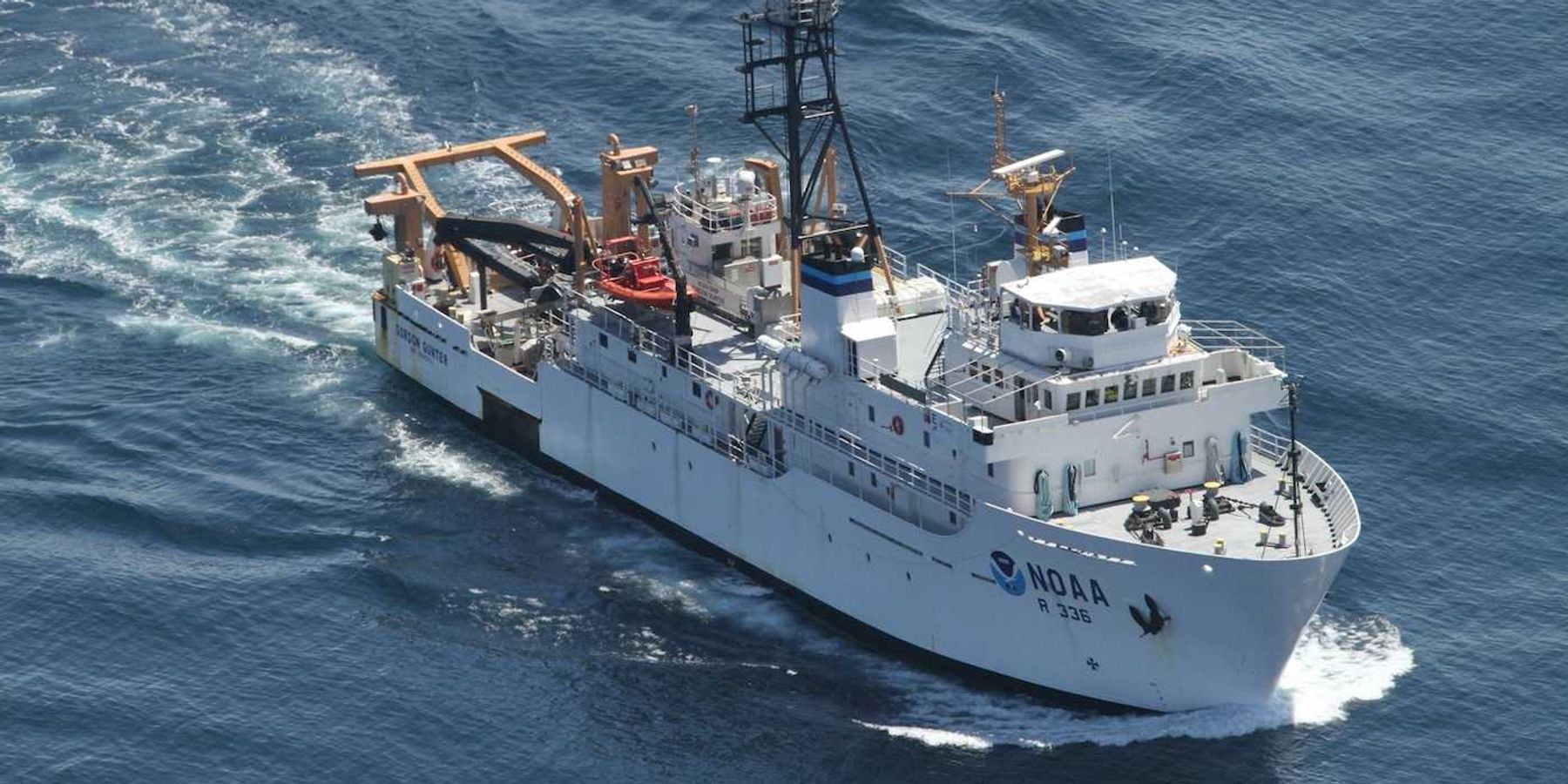The decline of Ireland’s marine gem calls for urgent action
Ireland’s first marine reserve, Lough Hyne, is suffering from pollution, mismanagement and overuse, threatening its once-thriving marine life and storied history as a research hub.
Olive Heffernan reports for Hakai.
In short:
- Lough Hyne’s purple sea urchins, a keystone species, have nearly vanished, allowing nutrient-driven algae blooms to choke the ecosystem.
- Agricultural runoff, tourism and poaching exacerbate the lough’s decline, while regulatory oversight and monitoring remain inadequate.
- Experts warn that without a comprehensive conservation plan, the lough’s biodiversity will continue to deteriorate, reflecting broader global challenges in marine protection.
Key quote:
“It’s been a gradual decline in all sorts of things over decades. The north shore is basically dead now.”
— Colin Little, marine biologist
Why this matters:
Experts argue that saving the lough will require more than well-meaning promises; it demands a serious conservation plan that could set a precedent for protecting marine reserves everywhere. As pollution and climate change threaten ocean biodiversity, proactive conservation efforts could help preserve ecosystems critical to health, food security, and climate resilience. Read more: Can marine protected areas reduce marine disease?













